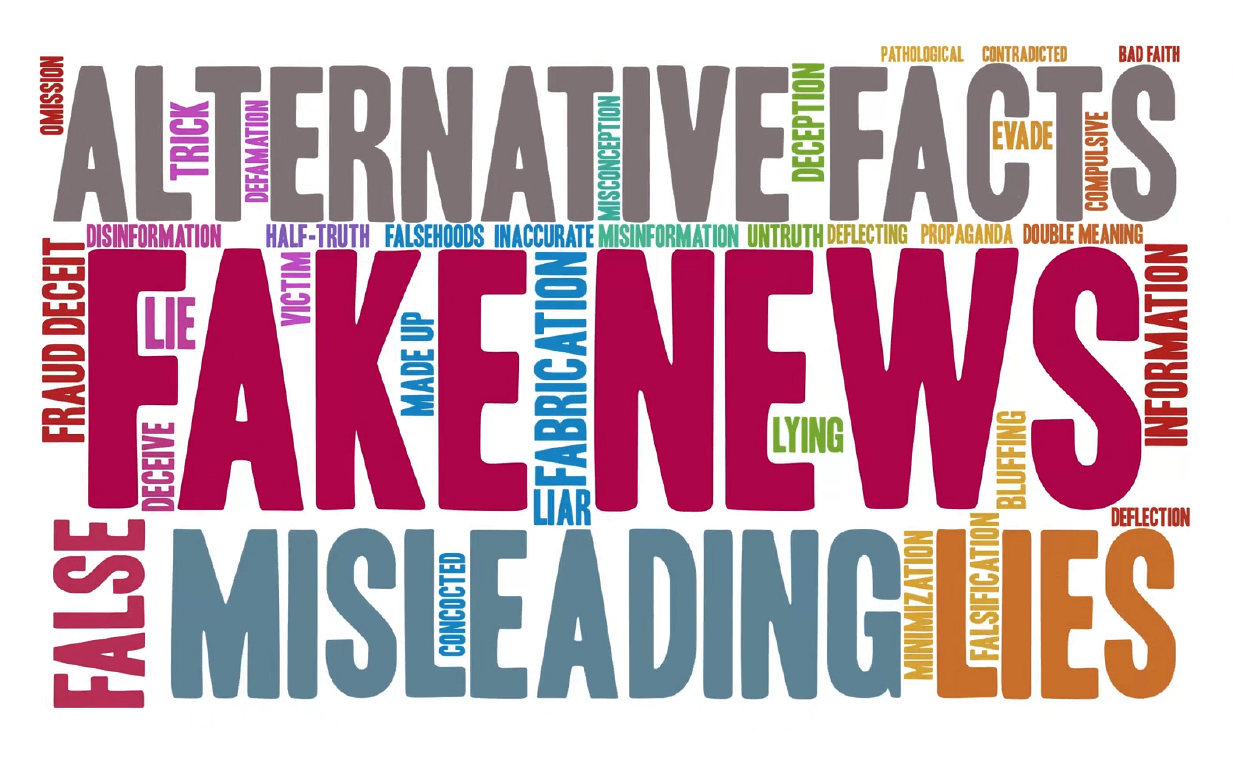Sedona AZ (July 8, 2010) – Consumers with a prescription drug benefit might not care what their medication actually costs if they pay a very low co-pay, and a new survey shows drug companies and drug retailers may be trying to exploit that fact.
A recent survey conducted by Consumer Reports found that not only do prices vary from store to store for the same drug, but the fluctuations can be dramatic—sometimes more than $100 for the same drug even within the same chain, depending on the city or state in which consumers are filling their prescriptions.
Consumer Reports said it placed more than 500 calls to 163 pharmacies nationwide to gauge price differences and found that a three-month supply of pills used for urinary incontinence ranged from $365 to $551. For a drug that helps prevent blood clots, the range was $382 to $541, and for a medication that treats hypothyroidism, drug costs varied from $29 to $85. For a generic drug that treats osteoporosis, the price range was a whopping $124 to $306.
In the small scale market basket study, Costco was the least expensive for the four drugs researched followed by AARP and Wal-Mart. Among the priciest for the four drugs? Walgreens and Rite-Aid.
Besides calling different stores and comparison shopping, other cost-saving tips include:
- Don’t rule out independent pharmacies – they are highly competitive and offer top-notch service.
- Talk to your insurance provider. Benefits administrators can provide details about pharmacy benefit managers, also known as PBMs.
- Ask your physician if a generic may be right for you. They can cost 20-50 percent less than their name brand equivalents.
- Find out if the store provides discount programs for seniors or those without insurance.
The Consumer Reports National Research Center also found that currently only 33 percent of prescription drug buys are mostly, or entirely paid, by insurance coverage. The last time a survey had been done in 2002, 65 percent of prescription drug buys were covered, meaning more people are paying a larger share of out-of-pocket costs for prescriptions drugs.
It benefits the consumer to ask questions and do some research.
This SedonaEye.com article contributed by Kim Johanson, Community Services Representative, Home Instead Senior Care, Sedona, Arizona.



